Horse Power
The engine output is measured in Horsepower (horsepower is assigned the unit PS in other countries). The output is also measured in Kilowatts in some parts of the world. A horsepower is a calculating unit (it is not measured directly). It can simply be thought of as an amount of torque an engine produces at a given RPM. It was originally defined by James Watt as the amount of weight a horse could lift 100 feet in one minute. Watt measured this number to be 330 lbs.
To convert between horsepower and torque, we must understand the work and power equations listed below.
Work = Force * 2 * Pi * radians (in english units) = 1 lb * 2 * 3.14 * 1 ft = 2 * 3.14 lb-ft = 6.283 lb-ft
Power = Work / time = 6.283 lb-ft / min
1 hp is defined as 550 lb-ft / s = 33,000 lb-ft / min (from James Watt's measurements)
In principle, we could measure the horsepower of an engine the same way that Watt defined it: see how much weight the engine can lift a specified distance in a given time. A pulley is mounted on the crankshaft and turns with the engine. Weight is hanging from the pulley by a rope, and the engine lifts the weight at a constant speed. The weight has a magnitude of F, and the pulley has a radius of r.In practice, this method is very hard to use since a real engine turns at thousands of revolutions per minute.The way the measurement of the horsepower of an engine is typically performed is similar to the figure below.
The pulley mounted to the crankshaft of the engine is in contact with another pulley via a high-friction material between them. Weight is hung from the second pulley, and its mass is adjusted so that it is stationary.
In the Direct Measurment above, after one revolution of the engine, the work done by it is the circumference of the pulley times the force:
W = 2 π r F(1)
When an applied force F acts at an angle φ with respect to the position vector r locating the point of application of the force, the torque is:
τ = r F sin(φ)(2)
For the Direct Measurement, the angle φ is 90 degrees, so the torque being produced by the engine is r x F. Thus we re-write Eqn (1) in terms of the torque being produced by the engine:
W1 rev = 2 π τ(3)
For the Indirect Measurement, the total torque on the second pulley is zero since it is stationary. Thus the torque exerted on it by the engine via the first pulley is equal and opposite to the torque exerted by the weight. Thus, the torque produced by the engine is the same as for the Direct Measurement: r x F. Similarly, Eqns (1) and (3) above give the work done by the engine after one revolution; the energy in this case goes into the heat produced by the friction
After the engine has made Δn revolutions, the work done is:
WΔ n revs = 2 π τ Δ n(4)
Thus the rate of work being done, the power, is:
P = 2 π τ [Δ n / Δ t](5)
Typically, the speed of the engine is measured in revolutions per minute (rpm), which is related to revolutions per second by:
[Δ n / Δ t] = [rpm / 60](6)
Thus, the power is:
P = [2 π τ rpm] / 60(7)
In the British system of units, the units of the power in Eqn (7) are ft-lb/sec. Since 1 horsepower is 550 ft-lb/sec, then, the horsepower of the engine is:
hp = [2 π τ rpm] / [60(550)](7a)
hp = [τ rpm] / [5252](7b)


